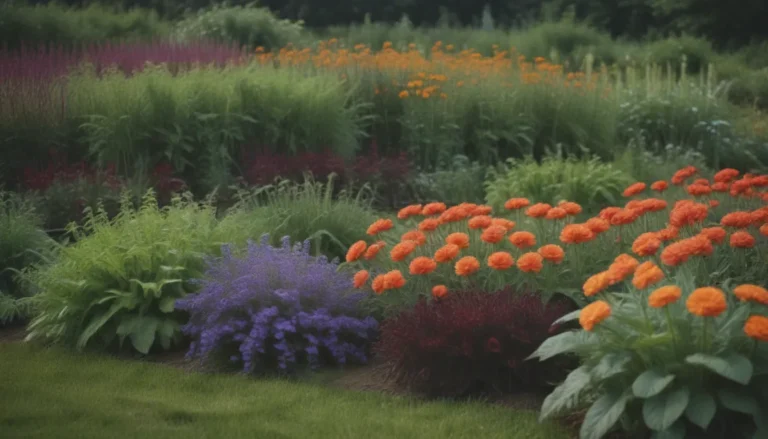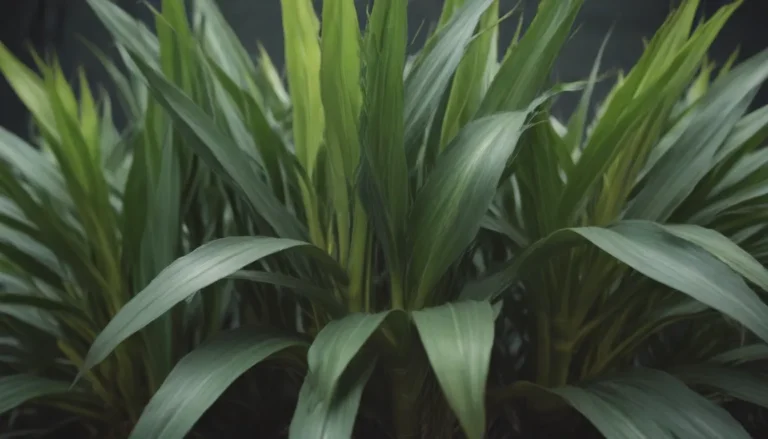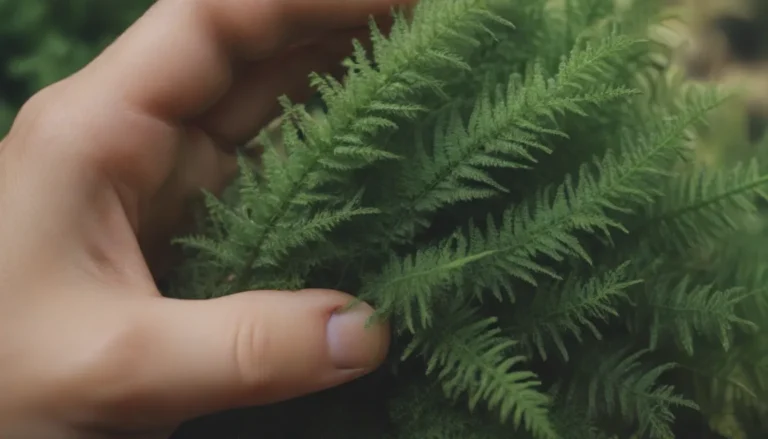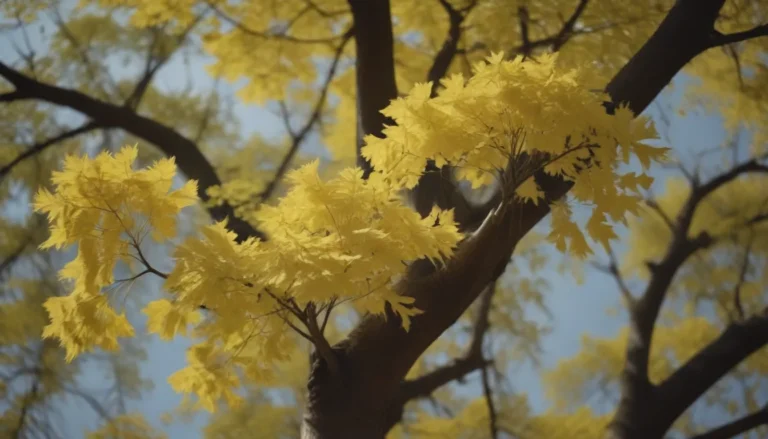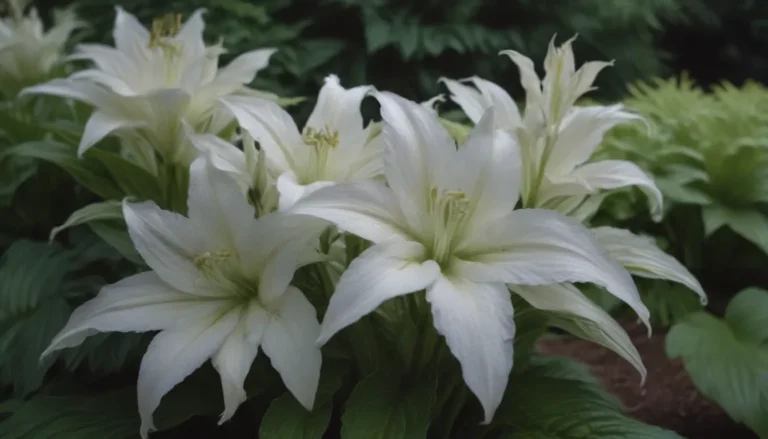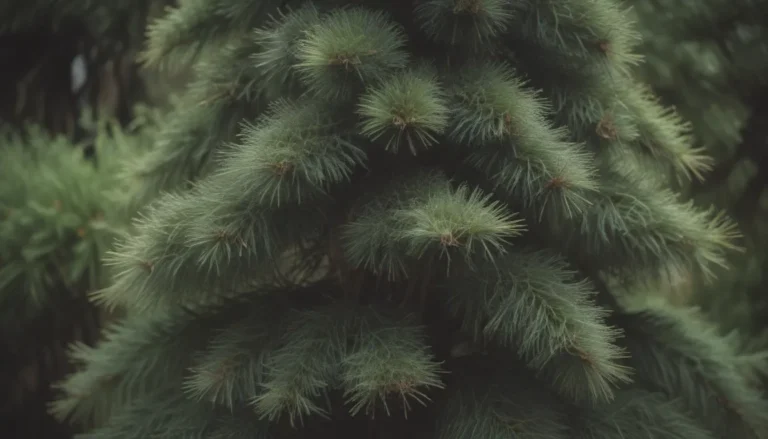A Comprehensive Guide to Growing and Caring for Philodendron Mia (Green Princess)
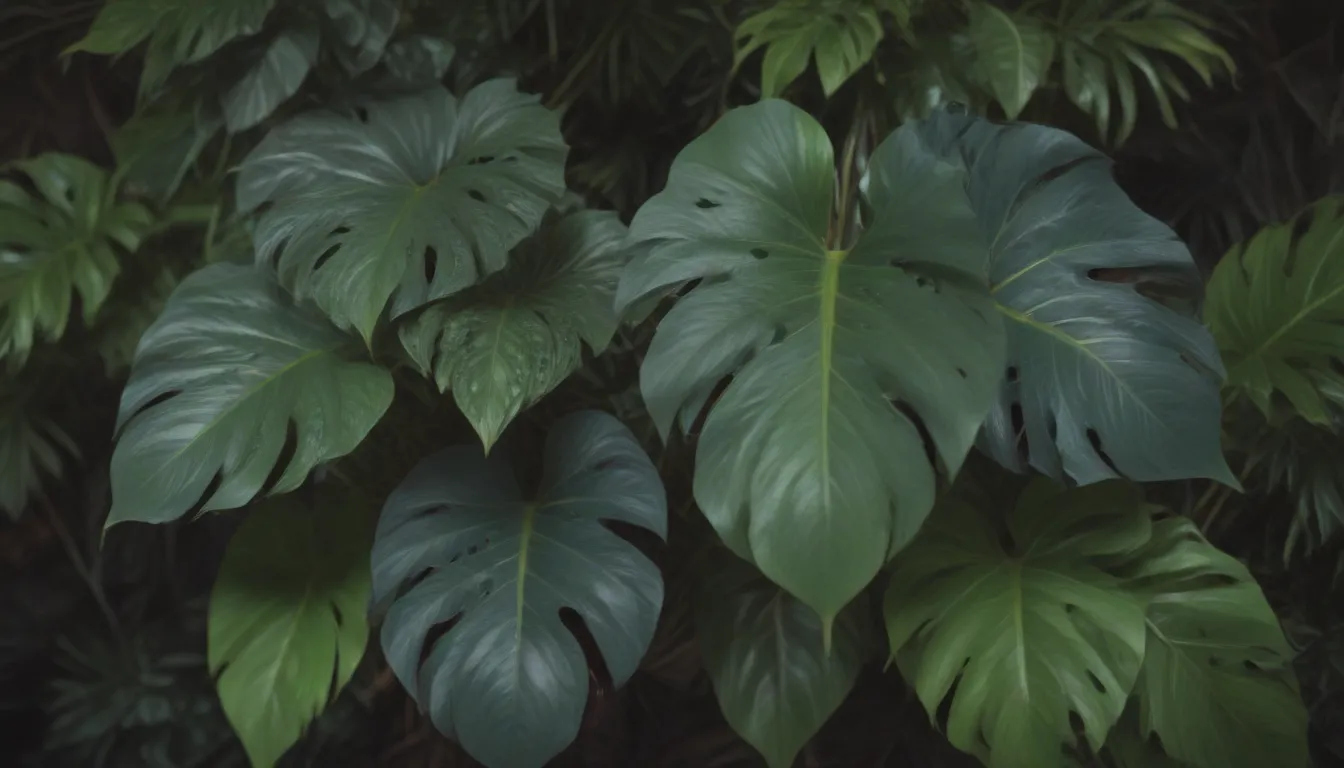
Are you a plant lover looking to add a new, trendy houseplant to your collection? Look no further than the Philodendron Mia, also known as the Green Princess! This new hybrid Philodendron has taken the plant world by storm since its introduction at the end of 2020. With its self-heading growth habit and stunning emerald-green leaves, the Philodendron Mia is a must-have for any indoor gardening enthusiast.
In this comprehensive guide, we will walk you through everything you need to know about growing and caring for Philodendron Mia. From light and soil requirements to propagation and common problems, we’ve got you covered. So, grab your gardening gloves and let’s dive in!
Getting to Know Philodendron Mia
The Philodendron Mia is similar in appearance to the popular Philodendron Birkin but without the signature white variegation. This compact houseplant is perfect for both beginners and experienced plant parents due to its low-maintenance nature. While it may be a bit challenging to find in nurseries and garden centers due to its recent introduction, a visit to a specialty plant shop might just lead you to your very own Green Princess.
Key Points about Philodendron Mia:
– Self-heading growth habit
– Emerald-green leaves
– Low-maintenance houseplant
– Toxic to pets if ingested
Philodendron Mia Care Tips
Taking care of your Philodendron Mia is simple and rewarding. Here’s a breakdown of the essential care tips to keep your Green Princess happy and thriving:
Light
- Provide bright, indirect light for several hours each day.
- Avoid prolonged direct sunlight to prevent leaf burn.
- Consider using a grow light in low light conditions.
Soil
- Use a well-draining and airy soil mix rich in organic matter.
- A mix of potting soil, perlite, and orchid bark works well for Philodendrons.
Water
- Allow the plant to dry out between waterings to prevent overwatering.
- Water thoroughly when the soil is nearly dry to the touch.
Temperature and Humidity
- Maintain warm temperatures and average to high humidity levels.
- Consider using a humidifier or placing the plant in a naturally humid room.
Fertilizer
- Feed your Philodendron Mia with a balanced liquid houseplant fertilizer monthly during the growing season.
- Dilute the fertilizer to half strength to avoid burn.
Propagating Philodendron Mia
If you’re looking to expand your plant collection or share the joy of Philodendron Mia with friends, propagation is a fun and easy way to do so. You can propagate your Green Princess through division or stem cuttings.
Propagation Methods:
– Division
– Stem Cuttings
Potting and Repotting Philodendron Mia
Repotting your Philodendron Mia is necessary only when it outgrows its current container, typically every one to three years. Repot during the active growing season (spring or summer) using a pot that is one to two sizes larger than the previous one. Refresh the potting soil to provide the plant with fresh nutrients.
Troubleshooting Common Problems:
– Yellow Leaves
– Brown Spots
Dealing with Pests and Diseases
Philodendron Mia is susceptible to common houseplant pests such as spider mites, fungus gnats, scale, and thrips. Keep an eye out for these pests and treat infestations promptly with appropriate insecticides. The plant is also prone to fungal leaf spot diseases and root rot due to overwatering.
Final Thoughts
In conclusion, Philodendron Mia is a beautiful and easy-to-care-for houseplant that will bring joy and greenery to your indoor space. By following the care tips outlined in this guide and being attentive to your plant’s needs, you can ensure that your Green Princess thrives and grows beautifully.
Remember, gardening is a journey of learning and discovery, so don’t be discouraged by the occasional bumps along the way. With patience and care, you’ll enjoy watching your Philodendron Mia flourish and become a stunning addition to your plant family. Happy gardening!
